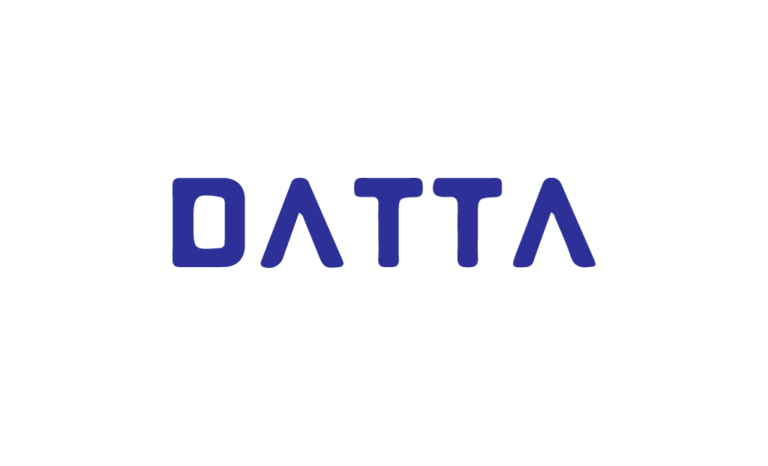If you could define the work that 2innovate does in a single sentence, it would be “welcome to the
future of banking.” More than moving money, this fintech provides the digital infrastructure for the
world’s leading financial companies, including banks, lenders, and payment institutions.
On this occasion, DATTA Magazine spoke with Hugo Sacchi, CEO of 2innovate and Pablo Pereyra, CRO of
the company, about the company’s path to success, the challenges of the digital financial world and the
new technologies that this sector will have to include in its operations.
How did the company come about?
2innovate, a firm of Uruguayan origin, is a software products company that is dedicated to the
development of platforms in the financial area and since 2017, they are present in Ecuador,
implementing smart transaction systems that allow financial institutions to stay at the forefront of their
sector.
After having worked for years in the financial industry, we realized that we needed to change the way
technicians come to the sector,” says Hugo Sacchi, CEO of 2 innovate. “Our previous experiences have
helped us to understand the role of the movement of money in society, of the movement of digital
money, and there we were able to identify how the digitalization of transactions and the cadences that
existed were evolving,” adds Sacchi.
2innovate currently works in six segments:
• Fintech
• Retail Banking
• Corporate Banking
• Cash Management
• Collection networks
• Remittance
Frame Banking: The next generation of payments
2innovate’s cloud-native, Frame Banking SaaS platform is the foundation of a new type of banking,
powering the entire lifecycle of digital transactions and improving efficiency at every stage of the
customer experience.
In addition, being a platform that connects everything in real time, it can make changes smoothly and
help businesses scale without having to deal with the complexities of traditional transaction processes.
Both Hugo and Pablo explain that becoming a SaaS allowed them to break the barrier to entry for
customers and this is how today they are already present in more than eleven countries throughout the
continent.
Artificial Intelligence and Blockchain?
Hugo and Pablo explain that these are two technologies that are booming and that, although their
company has not yet implemented them, they are in the crosshairs, especially because they promise
traceability, transparency and above all, security.
“We have not yet incorporated blockchain into the transactional process because it is a bit relegated,”
says Hugo, who explains that on the one hand there is the blockchain applied to crypto and then there is
blockchain for traceability of transactions, which is what they are interested in.
On the other hand, artificial intelligence is another technology that has several aspects for application in
the transactional world. “AI is linked to transaction efficiency, many times the most efficient path
depends on several factors such as time, cost, etc. and artificial intelligence will help a lot in selecting the
best path for transactions,” says Hugo.
Pablo also explains that another variant in which artificial intelligence is used a lot is for the study of
population behavior, segments for predictions and to prevent money fraud.

